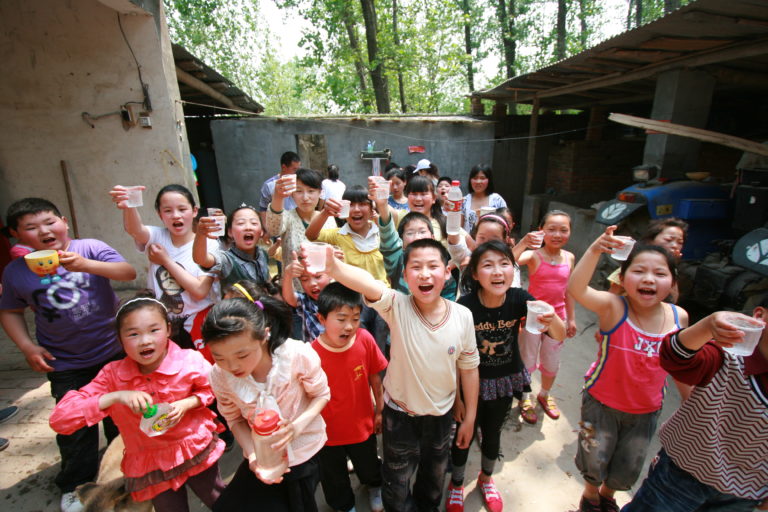3 Projects Making Strides in Human Health and Education
By: ajcarapella

By Georgia Lambrakis, Waterkeeper Alliance intern
As we reflect on 20 years of our fight for drinkable, fishable, swimmable water, we celebrate the strides Waterkeepers worldwide have made with these 3 human health and education projects.
In India, on the East Kali River, unfiltered industrial and city waste has been polluting the river for decades, causing increasing illness in rural residents. East Kali River Waterkeeper in 2018 arranged visits to five villages from mobile health vans, whose health care providers cared for 934 patients, referring those with critical conditions to specialists in New Delhi. To improve conditions in the villages, East Kali River Waterkeeper produced research reports proposing the area be included in the Mahatma Gandhi National Rural Employment Guarantee Act. As a result, the area was included in February 2019. Now the 1,200 villages will receive more paid work in the form of reviving their own river.
In Columbia, the Cartagena Baykeeper, in association with the Mayor’s Office of the Bank’s Municipality in the Department of Magdalena, created a community school for sustainable fishing to support the fishing industry to ensure sustainable fishing populations for current and future generations.
In China, the Huai River Ecological Environmental Science Research Center, home of Upper Huai River Waterkeeper, developed a biological water purification system, which takes in rainwater, then filters it three times — once through a crude filter, once through a biofilm, and once using a space membrane. The end result is water that, when tested, meets China’s drinking water standards. Since 2008, the team has built 50 water purification systems in 47 villages that had struggled with high rates of cancer because of water pollution, providing safe and clean drinking water to at least 80,000 villagers.
Feature image: Children raise their cups of clean water, filtered by Upper Huai River Waterkeeper’s water purification system.